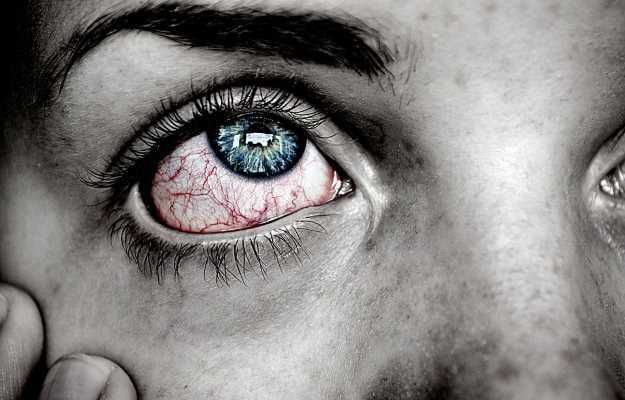What is iritis?
Iritis refers to the inflammation of the iris (coloured part of the eye surrounding the pupil and controlling its size). When left untreated, it can lead to serious consequences such as partial or complete blindness. The iris regulates the amount of light that enters your eyes. In front of the iris is the anterior chamber of the eye which is filled with fluid. Thus, inflammation of the iris can lead to inflammation of the whole eye.
What are its main signs and symptoms?
Iritis can be unilateral or bilateral, and the common symptoms associated with it include:
- Headache
- Pain
- Redness of eyes (Read more: Red eyes causes)
- Floaters (small specks or dots moving in the field of vision) may be experienced by some individuals
- Pupil of the affected eye becomes smaller
- Sensitivity to light
- Diminished vision
- Irregular shape of pupils
- In juvenile idiopathic arthritis (JIA), asymptomatic iritis is mostly encountered and identified in cases of vision loss.
What are its main causes?
Iritis can be caused by:
- Trauma
- Infection
- Autoimmune diseases
- Reactive arthritis
- JIA
- Nephritis (inflammation of the kidneys)
- Inflammatory bowel disease (ulcerative colitis, Crohn disease)
- Certain disorders such as arthritis, leukaemia, tuberculosis, Kawasaki syndrome and syphilis
- Idiopathic
How is it diagnosed and treated?
The diagnosis is based on a meticulous examination of the eye by the physician after understanding the symptoms. The following diagnostic procedures can be done:
- Slit-lamp eye examination
- As iritis can be associated with other diseases, tests for an overall health check-up can be done, which might include:
- Blood tests, which include HLA-B27 haplotype, antinuclear antibodies (ANA), rheumatoid factor (RF), tests for various infections and erythrocyte sedimentation rate (ESR)
- Skin tests
- X-rays
- Computed tomography (CT) scan of the chest
- Gallium scan
- A tissue biopsy in cases of suspected sarcoidosis
The cause and severity of iritis determine the treatment. The different treatment modalities include:
- Treating the root cause: antibiotics for bacterial infection and antivirals for viral infection of the eye
- Use of steroids to treat inflammation
- To prevent further complications, eye drops may be used, which are of two types:
- Drops to dilate the eye, which reduces pain; thus providing rest to eyes.
- Steroid drops to reduce inflammation that will help to avoid blurring. Read more: (Blurry eyes causes)
- Immunosuppressive medications are also recommended, but rarely.
















